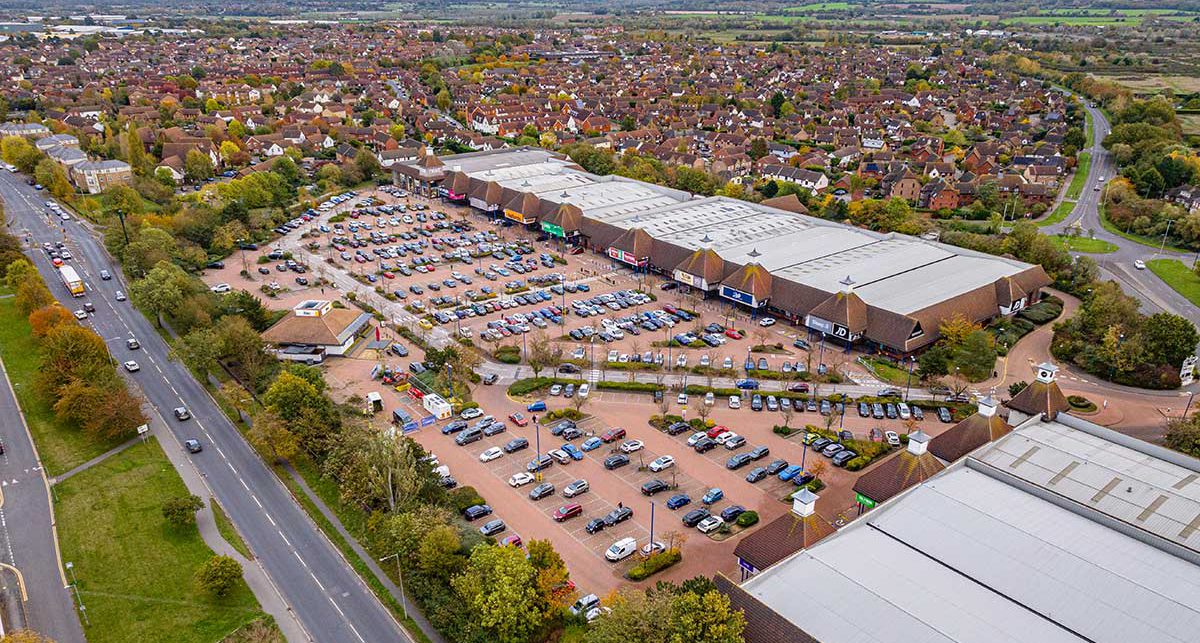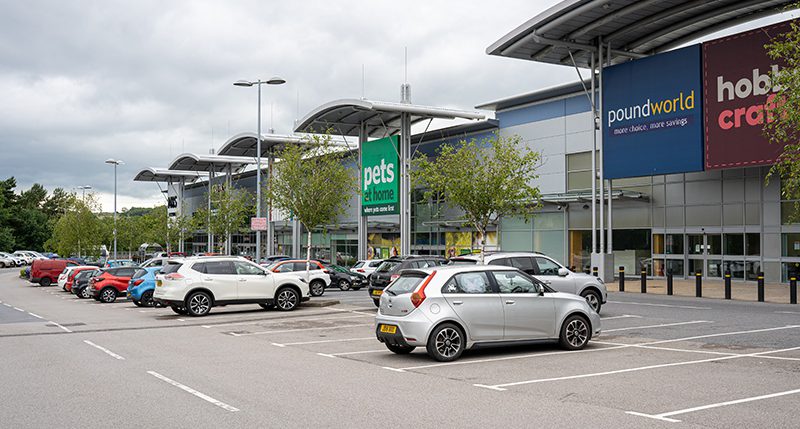
Insight
How Houseplant Trends Influence Commercial Spaces
14th January 2025
6th September 2024
In 2024, retailers are eager for space - particularly those offering essential or value-driven goods; this has led to a dramatic drop in vacancies.

In fact, the vacancy rate in the retail warehouse sector fell to a low of 4.4% just before the Carpetright administration earlier this year, marking the lowest vacancy rate since 2017. Even with Carpetright’s exit, which accounted for 2.8 million square feet of space, the vacancy rate only nudged up to 4.6%.
This consistent demand, paired with a shortage of available retail space, has kept the market relatively strong. In this week’s blog, we’re exploring what exactly is driving this resilience.
The key players in the out-of-town retail market have been operators focused on essential products. Whether they’re selling groceries or household goods, these retailers have continued to attract footfall – even during the UK’s recent economic turbulence.
Discounters, in particular, have emerged as the clear winners. Brands offering value across their product lines have not only weathered the storm of inflationary pressures but thrived. Ten years ago, only 28% of out-of-town retail brands were value-led; today, that number has grown to 38%. In 2023, one-third of new store openings belonged to value-oriented brands.
Not all sectors of the out-of-town retail market have fared as well. Retailers traditionally focused on higher-cost items – such as furniture, carpets and electricals, have felt the strain of the cost-of-living crisis. According to Barclaycard, spending in categories like home improvement, electricals and furniture dropped significantly over the past year.
Despite this, figures indicate that the out-of-town market has become less reliant on these big-ticket retailers. In 2014, 46% of the sector’s floorspace was devoted to bulky goods like DIY, motoring and home furnishings. However, in present day, that share has decreased to just 25%, with the space being taken up by value-driven brands selling essential goods.

With demand for space remaining high and supply limited, the out-of-town retail market is seeing positive rental growth. Over the past 12 months, net effective rents in the retail warehouse sector grew by 4.5%, and the strong competition for available space could push that figure even higher in the coming months.
The recent closure of Carpetright presents a prime opportunity for landlords. As retailers eagerly snap up these newly available units, it could create further upward pressure on rents and provide the potential for increased profitability across these schemes.
The resilience of the out-of-town retail market is a critical trend that asset managers can’t afford to overlook. As economic conditions continue to stabilise, the future looks bright for this sector, with opportunities for expansion and growth on the horizon.
At Targetfollow, we recognise the importance of staying ahead in a dynamic retail environment. By leveraging our expertise in property development and management, we facilitate the expansion of businesses into emerging markets – supporting their long-term success.
To stay informed about our latest projects and insights into the UK economy, connect with Targetfollow on Facebook, X and LinkedIn.